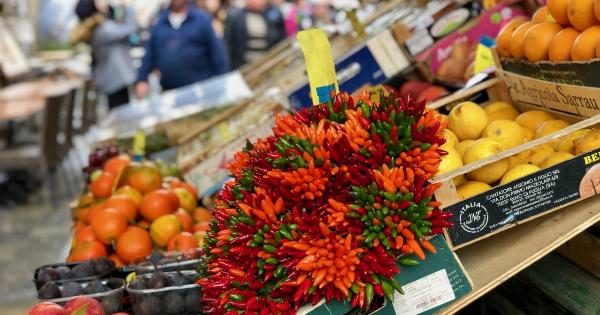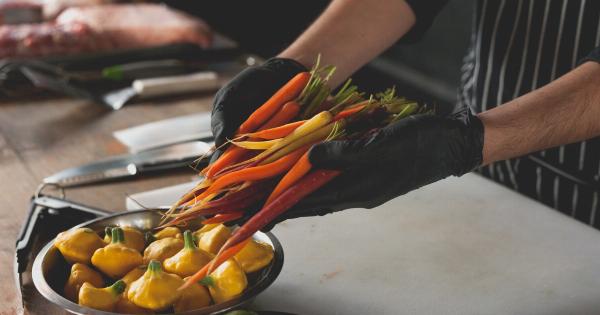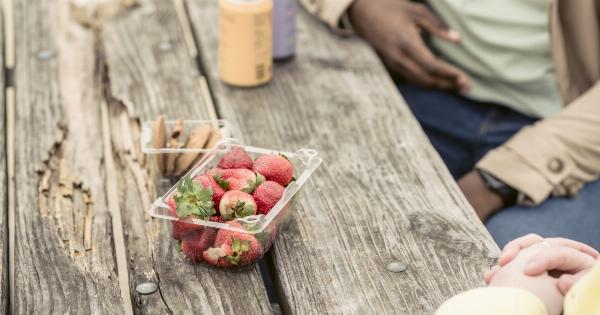Your spice cabinet may seem like a harmless treasure trove of aromatic seasonings that add flavor to your meals. However, there’s a hidden danger lurking in your spices that you may not be aware of: salmonella infection.
What Is Salmonella?
Salmonella is a type of bacteria that’s commonly found in the environment, including in the gut of animals and birds. When it enters the human body, it can cause an infection that leads to symptoms like diarrhea, vomiting, and fever.
Salmonella infection is usually spread through contaminated food and water, but it can also be transmitted through contact with infected animals or their feces.
How Does Salmonella End Up in Spices?
Spices are often overlooked when it comes to food safety, but they can harbor salmonella bacteria just like any other food. The bacteria can contaminate spices during harvesting, processing, or storage.
For example, if spices are harvested using contaminated water or fertilizer, or if they’re stored in an environment that’s too warm or humid, the bacteria can grow and multiply.
Contaminated spices can then be sold to consumers, who may sprinkle them on their food without realizing that they’re potentially dangerous. In some cases, spices have been responsible for outbreaks of salmonella infection.
Which Spices Are Most Likely to Be Contaminated?
While any spice can potentially be contaminated with salmonella, some types are more commonly affected than others.
For example, spices that come from tropical regions like India, Africa, and Latin America are more likely to be contaminated because these regions often have less stringent food safety regulations.
Additionally, certain spices are more prone to contamination because of the way they’re grown or processed. For example, paprika and chili powder can be contaminated if they’re made from peppers that have been contaminated with salmonella.
How Can You Protect Yourself from Salmonella in Spices?
The good news is that there are several steps you can take to reduce your risk of salmonella infection from spices:.
Buy From Reputable Brands
Choose spices from reputable brands that have a good track record for food safety. Look for brands that have certifications like the Safe Quality Food (SQF) Program or the Hazard Analysis and Critical Control Points (HACCP) system.
Check for Recalls
Check the FDA’s recall list regularly to see if any spices you’ve purchased have been recalled due to salmonella contamination.
Store Spices Properly
Store your spices in a cool, dry place to help prevent the growth of salmonella bacteria. Avoid storing them near heat sources like your stove or oven.
Use Spices Before They Expire
Spices can lose their potency over time, which means that they may be more likely to harbor bacteria if they’re old. Use your spices before their expiration date to ensure that they’re fresh and safe to use.
Cook Your Spices
Cooking your spices can help kill any bacteria that may be present. For example, if you’re making a chili, cook the chili powder and any other spices in a skillet for a few minutes before adding them to the rest of the ingredients.
The Bottom Line
Don’t let your spice cabinet become a breeding ground for salmonella bacteria. By taking a few simple precautions, you can still enjoy the flavor and aroma of your favorite spices while keeping yourself and your family safe from infection.



























